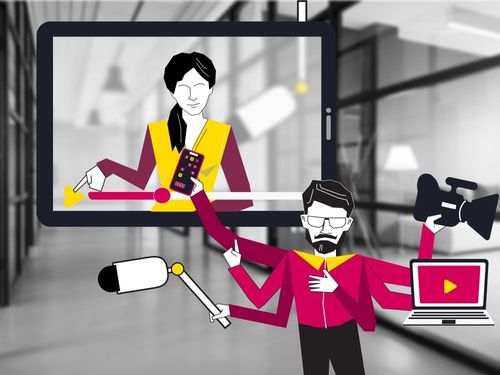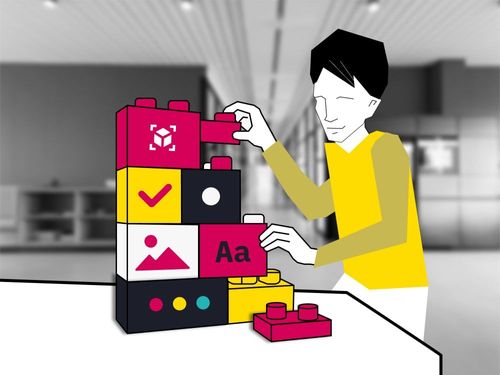
According to the recent research by Global Market Insights, the Quality Assurance (QA) market size exceeded $40 billion in 2023 and is expected to grow at a CAGR of over 9% from 2024 to 2030. Modern IT projects allocate up to 35-40% of their budgets to QA processes, reflecting the critical role QA plays in enhancing software efficiency and reducing production errors.
Why Do You Need a QA Team?
A Quality Assurance team makes a general check before a major release, checks if the software meets the quality standards before the deployment, or, in certain cases, helps you to prevent unexpected errors and to improve the user experience. QA engineer tests websites, mobile apps, and games, identifying bugs. The coding and the testing should be done simultaneously.
Given the ongoing global talent shortage, hiring experienced QA engineers quickly can be challenging. Outsourcing QA services becomes an optimal solution, allowing companies to scale efficiently without the overhead of hiring full-time staff, office expenses, and salaries.
By the way, the Smartexe team has highly skilled engineers who have passed the ISTQB certification, so with us your project will be in safe hands.
Manual Quality Assurance
Manual testing involves human testers verifying software functionality manually. This approach is crucial for evaluating real user experience and discovering UI/UX bugs that automated tests may overlook. Manual testing suits projects still in the development phase, new feature integration, and usability assessments.
Advantages of manual testing:
- Effective usability and visual analysis.
- Ideal for minor fixes or updates.
- Offers high flexibility and adaptability.
- Easy integration and third-party integration for Jira, DevOps, and Slack.
Cons:
- Susceptible to human errors.
- Resource-intensive and time-consuming.
- Results depend heavily on tester skills and report quality.
Manual testing may not be enough to meet the current software development demands, so you will also need to perform automated testing.
Automated Quality Assurance
Automated testing includes scripts running, which allows comparing the current state of the project with expected results. It allows checking the software for correct work.
The qa automation is better for long-term projects, repetitive tasks, functional testing, performance or load testing, and Advanced GUI Testing. Here is the list of advantages of automated quality assurance.
Advantages of software testing automation:
- Early detection of bugs.
- Eliminates human errors, ensuring predictable outcomes.
- Non-stop execution capability (tests can run 24/7).
- Reusable for frequently updated software.
- Efficiently compares large datasets.
Cons:
- High initial setup costs.
- Less suitable for small or short-term projects.
- Inability to detect visual/UI nuances.
- Limits exploratory testing opportunities.
- Potential scalability issues are causing crashes.
Despite its extensive capabilities, automation can't cover all aspects; therefore, a balanced strategy involving manual tests remains essential.
So, what type of testing is better, automated or manual? You should choose for yourself in each case. We created a list of questions that will help you find the answer.
Automated vs. Manual QA: Which One is Right for You?
Consider these questions to determine the right QA approach:
- Is your project still in the development stage?
- Have you run software testing before?
- Do you need to improve the time spent doing regression testing after making modifications?
- Do you have repetitive tasks?
- Do you need to reduce the time for functional testing, like accuracy, interoperability, compliance, security, and stability?
- Do you need to test the performance at max load and capacity?
- Are you performing ad-hoc testing without a written test case?
- Is it a short-term project?
- Do you need testing visual aspects of the project?
- Do you need to see how your software or app responds to keypad entry?
If your answer has many “yes” to 2, 3, 4, 5, 6, 7, and 10 questions, you definitely need automated testing. In other cases, manual testing will be enough.
There is no right or wrong solution for software testing, you need to select one type or both according to your budget or project size. In some cases, manual testing is not enough, and sometimes vice versa.
The perfect situation is when you use a combination of methods, so you can save time (due to investigation, automated testing can save up to 65% of time) and resources.




















